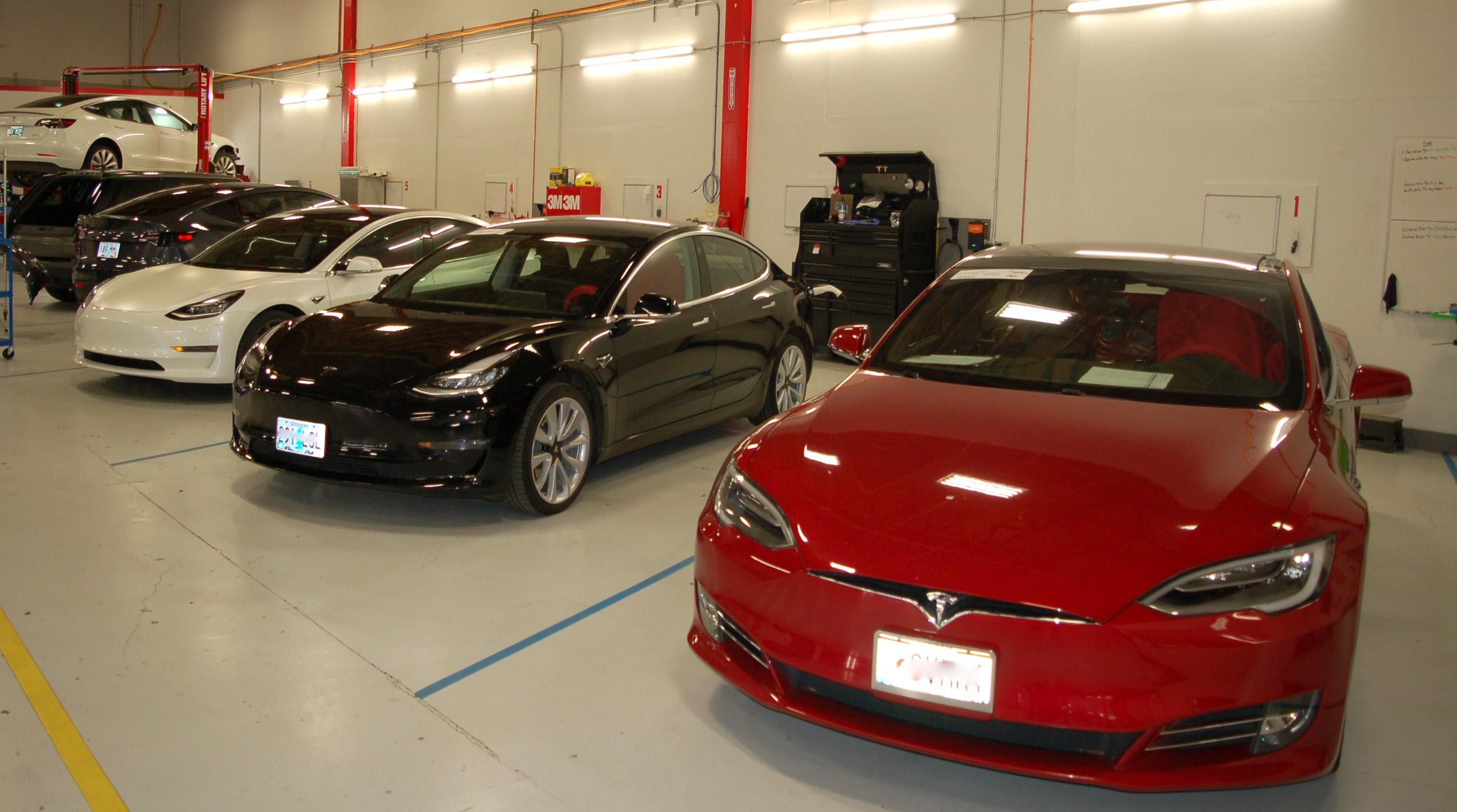Donny Seyfer of the National Automotive Service Task Force pointed out a variety of things collision shops and insurers should be aware of related to the low-voltage batteries within electric and hybrid vehicles, including the fact there are a lot of different chemistries involved.
“It's very critical that you are aware of what you’re working on, because they’re not all the same,” Seyfer said.
Battery chargers, for example, need to be designed for the type of battery being charged.
Second, battery management systems, even on internal combustion engine (ICE) vehicles, have become much more sophisticated.
“Battery life also is a big issue, depending on where the vehicle lives,” he said, noting that cold and hot climates are hard on batteries. “So keep in mind that many times you may have a vehicle come in with a pre-existing condition that you [need to] catch on the front-end.”

A pre-repair scan helps ensure a shop and insurer are “not on the hook for things that weren’t related to the accident, nor something that happened in the shop, particularly given the cost of some of these batteries.”
Alternators or generators are battery maintainers, not battery chargers, he cautioned.
“So if you are jumping vehicles and then expecting that alternator to do all the work, you’re beating the living hell out of that alternator,” Seyfer said. “It was not designed for that. In fact, you can cause damage to the battery because the alternator will work so hard to do a job that it wasn't intended to do.”
It’s also very important to know what “fully-charged” means for the different types of batteries.
“A 100% charged 12 volt battery is actually sitting at about 12.7 to 13.2 volts, not 12 volts,” he said. “In fact, if that battery is down to 12 volts, it’s basically discharged. EVs that have lithium ion or lithium iron chemistry functions usually are looking for a 40% to 80% charge. That’s where they work the best. If you overcharge or undercharge them consistently, it hurts them.”
Alternators and generators aren’t the only things that can be damaged by an undercharged low-voltage battery on an electric or hybrid vehicle, Seyfer said.
“If the charging system voltage or the battery voltage is low, the starter will work way harder to do its job against that low voltage and it will draw more current, which can just tear up starters,” he said. “Of course, it damages the battery, particularly if they run at these low charges constantly. And most importantly, it can create diagnostic trouble codes that you will have a really hard time diagnosing. If you’re starting vehicles consistently that have low voltage, they start to get a little upset with you.”
Seyfer recommends always looking at the OEM service information to confirm the type of battery the vehicle has.
“Yes, they’re marked, but you might have to take the entire battery out,” he said. “Many of them are in cases to keep the temperature regulated so they don’t get too hot. So your best bet is to look up the battery in the service information.”
The charging systems often draw current while the vehicle is just sitting, he said.
“And it’s kind of big numbers these days, so you may actually want to maintain a battery while the vehicle is waiting for parts or things that might take a while to get there,” he said. “Make sure you get a [good] battery charger, and the prices are rather stunning. But the nice part is that many of them are capable of doing all different [battery] chemistries for you.
“You may also want to get a power supply, if you don’t already have one, so that when you’re doing remote scanning or you are doing calibrations and things like that, you can maintain that battery voltage in the system continuously, and it replicates what the charging system does while that vehicle is sitting static for a while during operations,” he added.
Charging has to be current-, voltage- and temperature-regulated, Seyfer said.
“If any one of those three parts of the triangle are off, you can damage the battery, any kind of battery,” he said. “This is why modern chargers are really important, because if you just put the right voltage to it, you could be putting stunning amounts of current in it with some of the old push-around batteries.”
His final caution related to low-voltage battery systems could come as a surprise to shops.
“It seems to be becoming a more and more common issue: vehicles that are really pretty new that have batteries that are not up to the task, that can set diagnostic trouble codes and give you a major headache trying to diagnose them,” he said. “We [check] this with a scope, but you can easily do this with a volt Ohm meter that has min/max recording capabilities on it. If you start a vehicle while it’s sitting there with what you would consider a correct charge, a battery sitting at, say, 12.7 volts, and you go to crank it, watch to see if that voltage drops too low.
“We had a Subaru recently that was only one year old, and the battery went down to six volts,” Seyfer said. “It was setting diagnostic trouble codes. Tech couldn’t figure out what was going on. That can cause modules to brown out and not work correctly. So just keep that in mind if you’ve got inexplicable things happening, particularly right after a start.”













John Yoswick